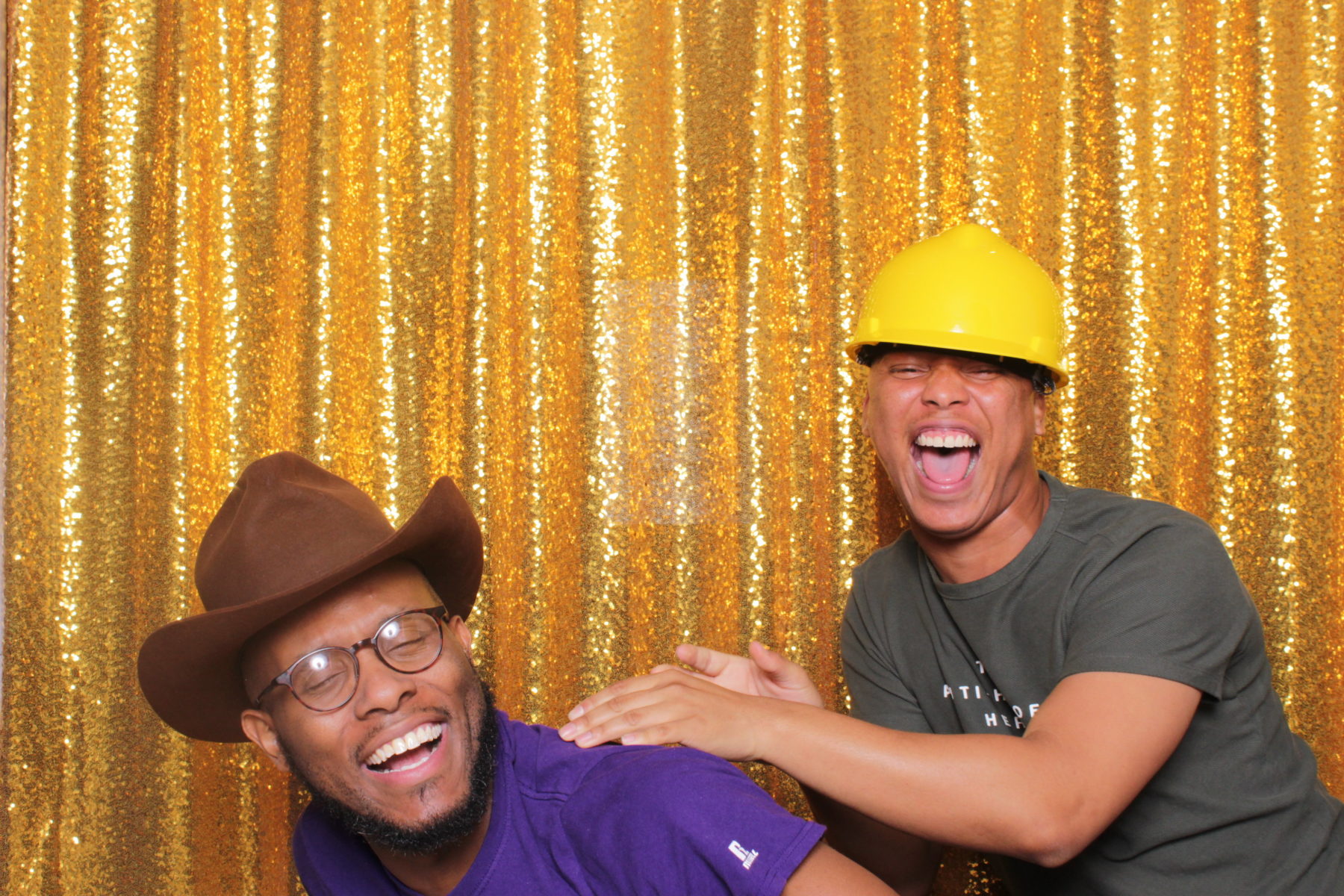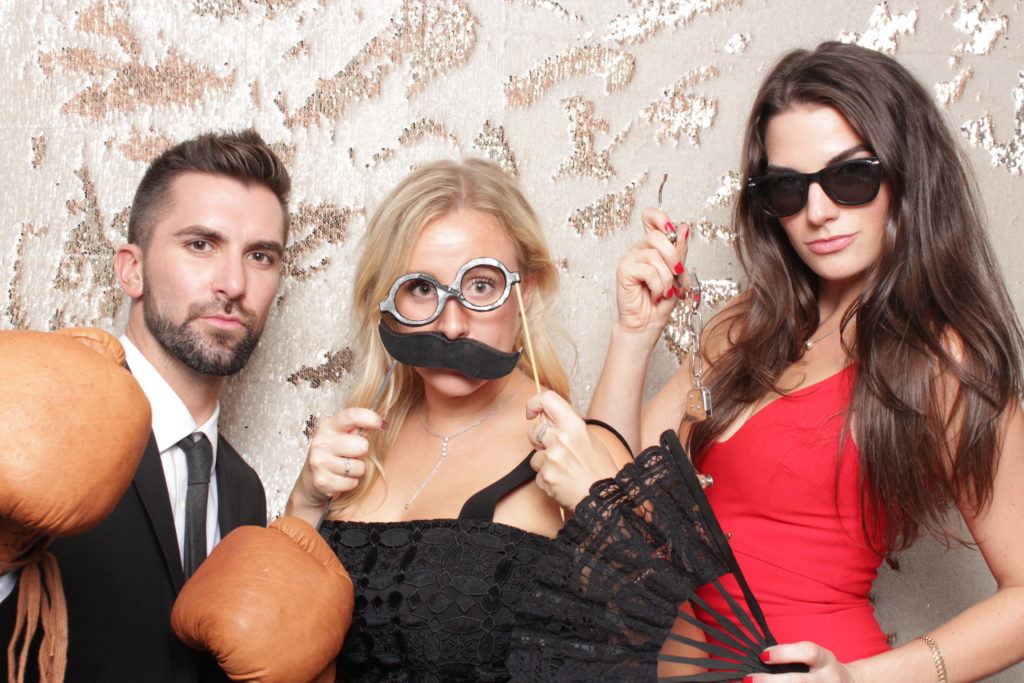
As marketers and businesses owners, it can be easy to get caught up in the concept that we are selling “stuff” — products, services, and physical offerings.
However, more research is telling us that this is the wrong way to think about business.
If we want to keep up in an ever-changing market, we have to stop thinking about our offerings as “things.” And, we have to start thinking about them as “experiences” instead.
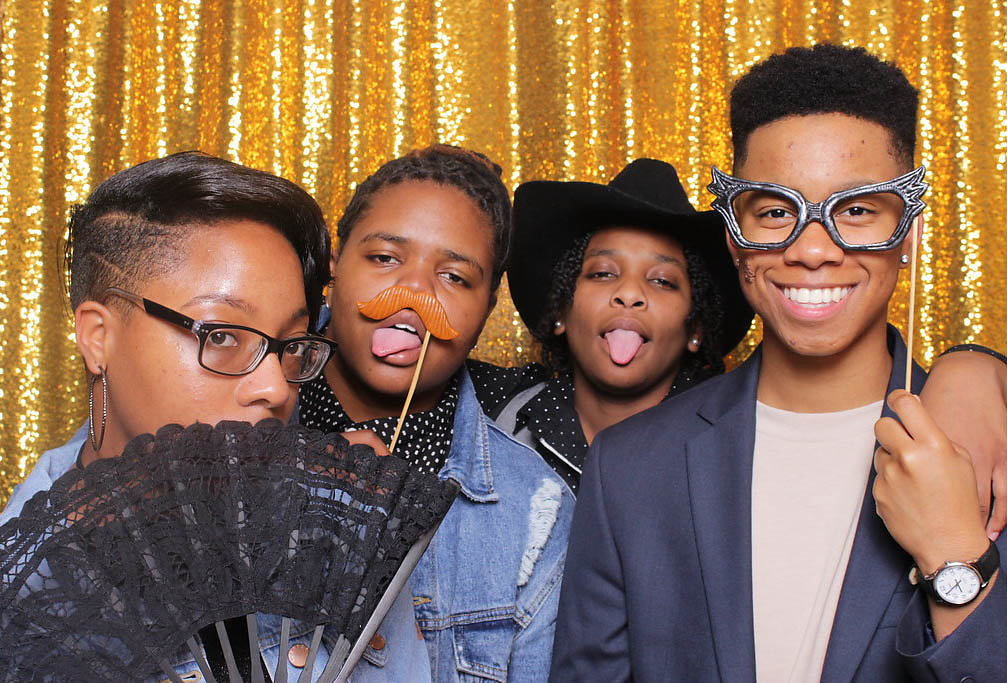
More Customers Spend Money On Experiences Instead of Things
Research has found that customers are becoming more interested in spending money on experiences instead of physical products, especially millennials.
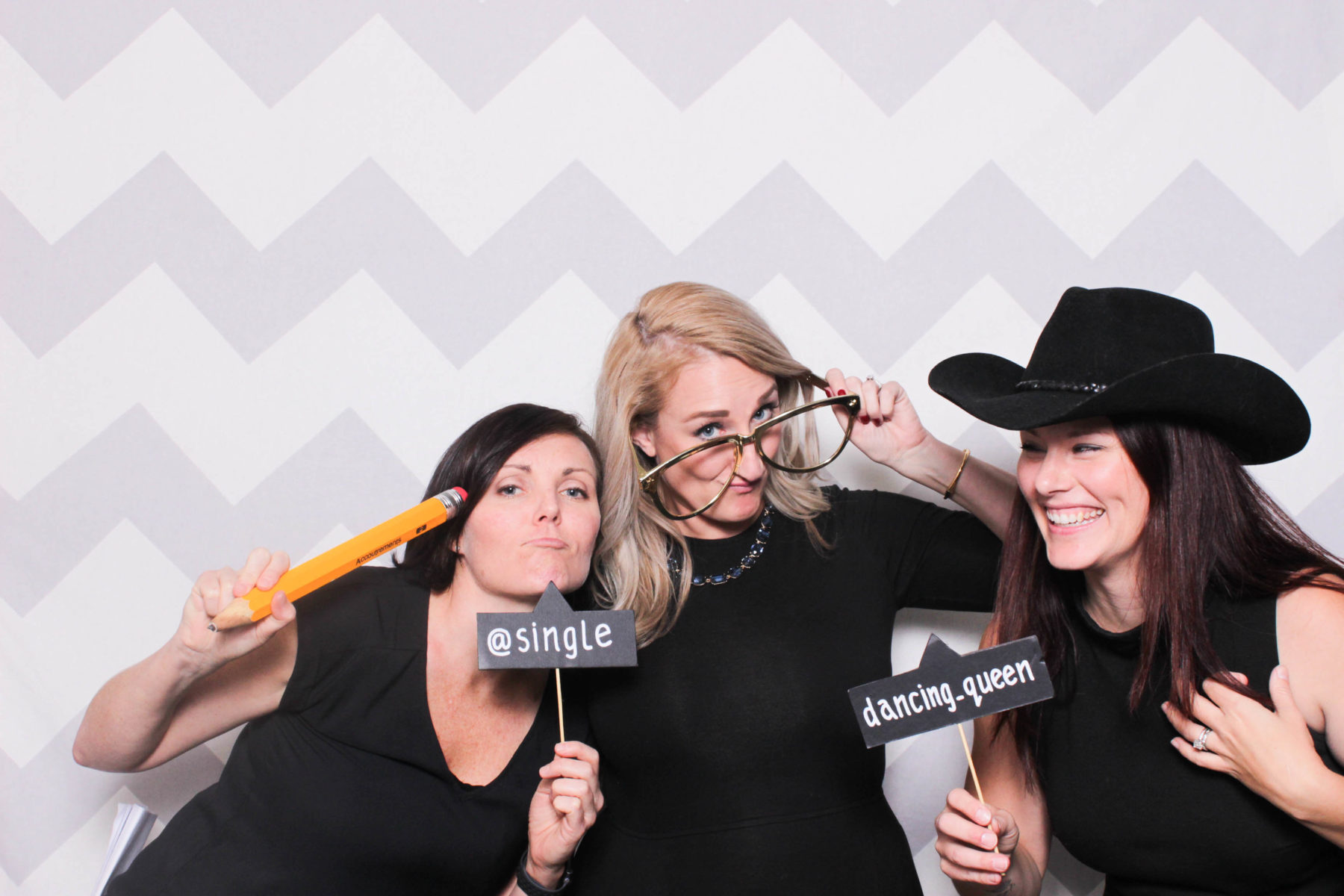
“Consumers [are displaying a] willingness and propensity to spend but not purchase. It’s not about acquiring things — it’s about doing things. [People are seeking] adventure, memories and [want to] capture the moment,” explains NPD Group retail-industry analyst, Marshal Cohen.
If you’re just selling “things,” you’re not providing customers with what they really want: experiences that they can enjoy, share and remember for life.
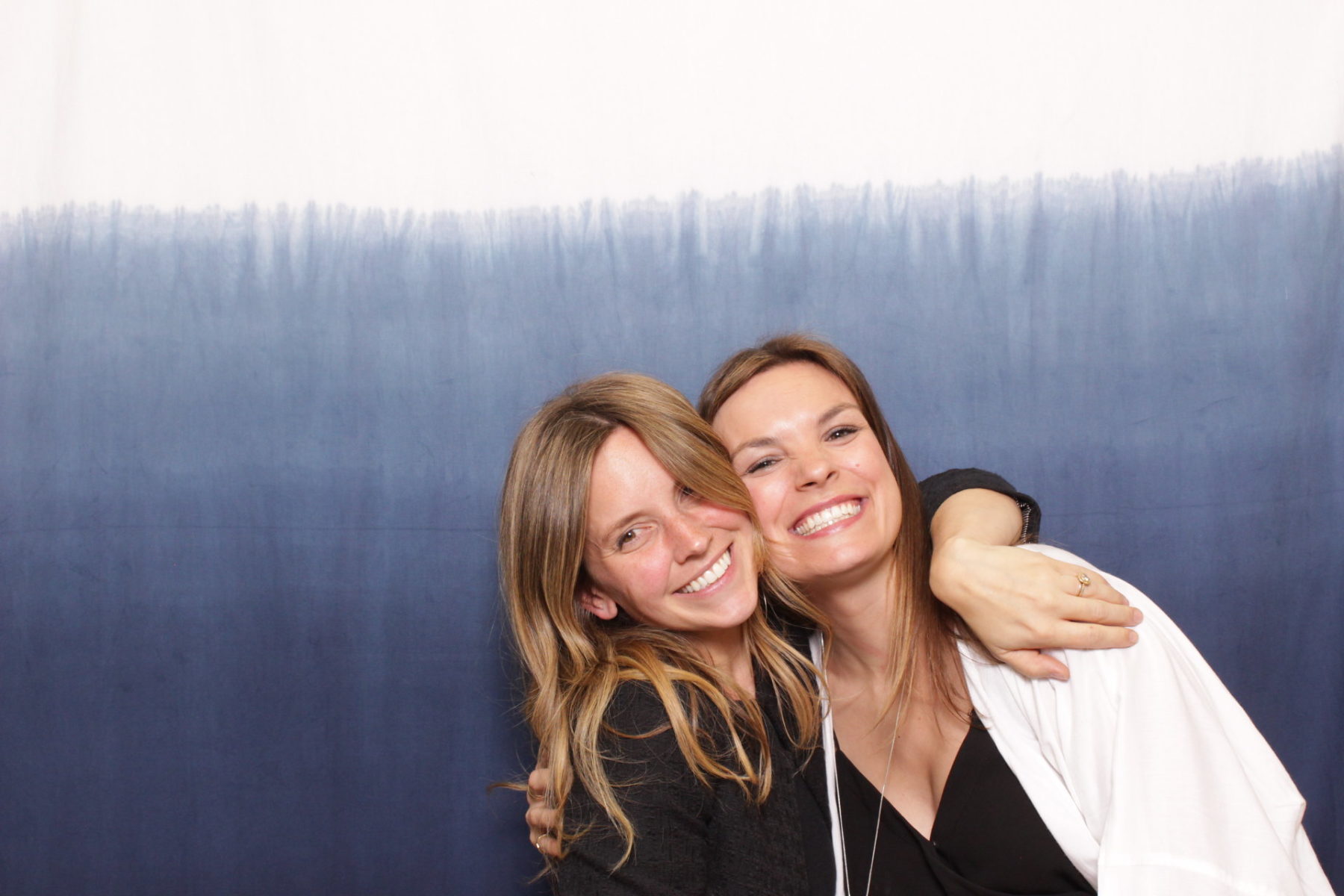
Why Customers Crave Experiences
There are a few explanations for why customers have shifted their approach to spending.
1. Desire to Share via Social Media
Social media has likely increased the demand for experiences in two ways. One, influence comes from the angle of sharing posts. People want to have something interesting to share with their followers on social media. They want to check-in at an interesting place on Facebook or share a photo of a unique experience on Instagram. They want to tell a compelling story through Snapchat.
Experiences allow them to do that. Social media users love to document and share the special experiences they have with their friends and followers. This is why our social media add-on is so popular. Guests at any event are just waiting for the perfect flick to post. Who doesn’t love showing off how much fun they’re having?

2. FOMO
The other way social media influences a desire for experiences is from the viewer’s angle. When someone sees friends posting photos and stories about exciting experiences, the viewer feels a sense of yearning. They want to have an interesting experience too. They want to be a part of the action. This feeling is called FOMO or the “fear of missing out,” and it’s driving millennials out into the world to seek experiences of their own.

An Eventbrite “Millennial” study found that, “Nearly three in four (73%) of respondents agreed that FOMO often drives the need to seek out new activities and experiences.”

3. Craving For Personal Connections
Both seeing and sharing posts on social media drive people to want to have more experiences of their own. But, what they really want are connections. Events and in-person activities give people an opportunity to connect with friends, family, and even strangers, and those moments can become bonding experiences. According to the Eventbrite “Experience Economy” report, “79% of millennials feel that going to live events with family and friends helps deepen their relationships.” And, “69% of millennials believe attending events makes them feel more connected to other people, the community, and the world.”

People place a high value on not just having experiences, but on sharing experiences. Many events are either great networking opportunities or the best of times between family and friends. Photo booths let everyone join in on the fun. And laughing together definitely preludes friendship.

4. It just Feels so GOOOD
Another major influence on the experience economy deals with more scientific factors. Our brains may actually reward us more for having experiences instead of purchasing products.
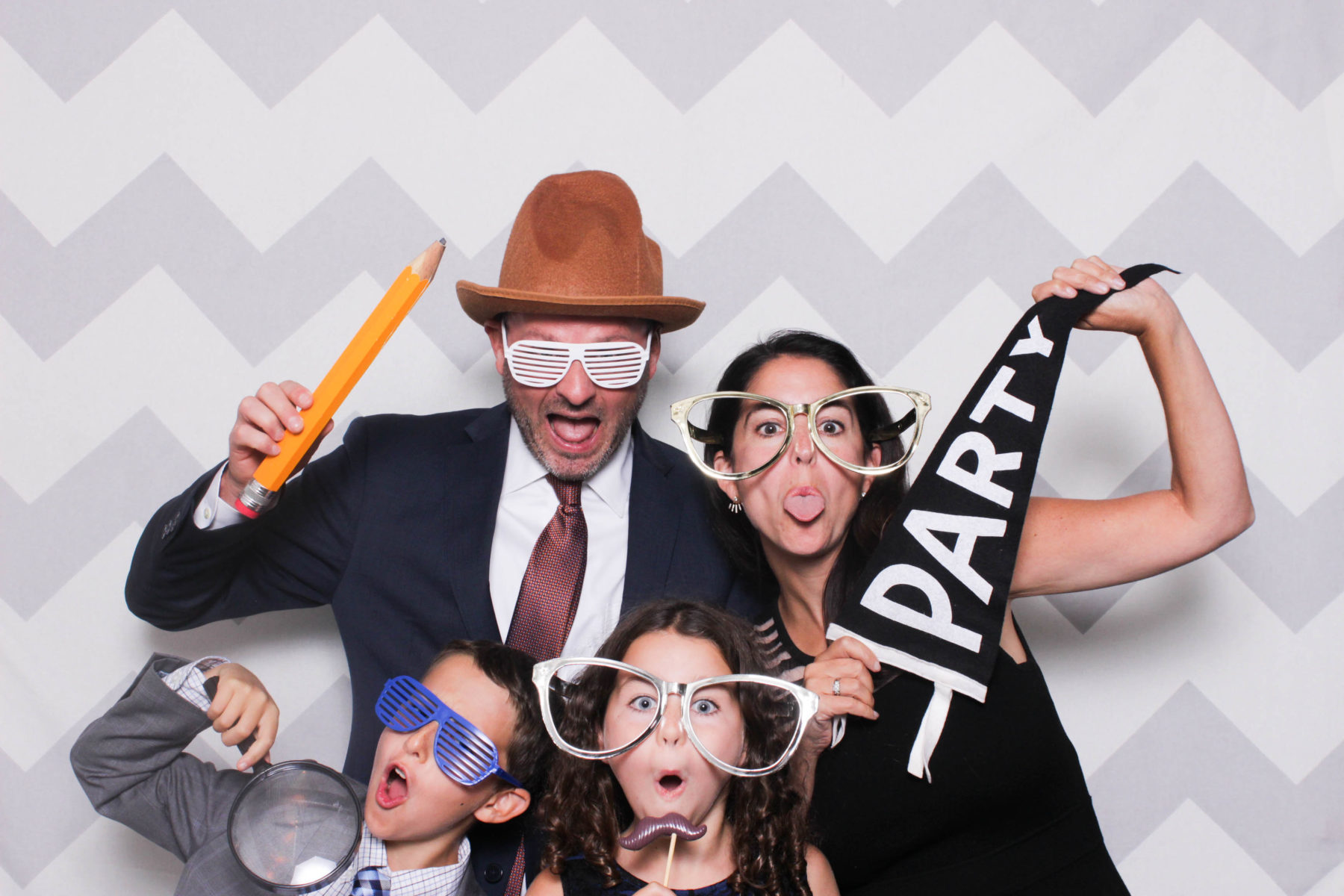
Our brains are wired to release “feel good” emotions when we have a great experience. According to customer experience expert and Priatek founder Milind Bharvirkar, fun and challenging experiences trigger dopamine releases. Winning prizes, making progress, and sharing our experiences, “can ‘wow’ a customer or audience to the point that they have a dopamine wave of satisfaction and happiness.”

A study also found that it’s not just the moments after a great experience that offer joy. People also experience positive feelings leading up to an experience. “People derive more happiness from the anticipation of experiential purchases and that waiting for an experience tends to be more pleasurable and exciting than waiting to receive a material good,” says the Anticipatory Consumption of Experiential and Material Purchases study. Photo booths are meant to liven the room. Jumping in the booth, picking up a crazy prop and striking a goofy pose is the most innocent form of feel good. Although not every picture may come out perfect, its the experience behind the photo that resonates with guests.
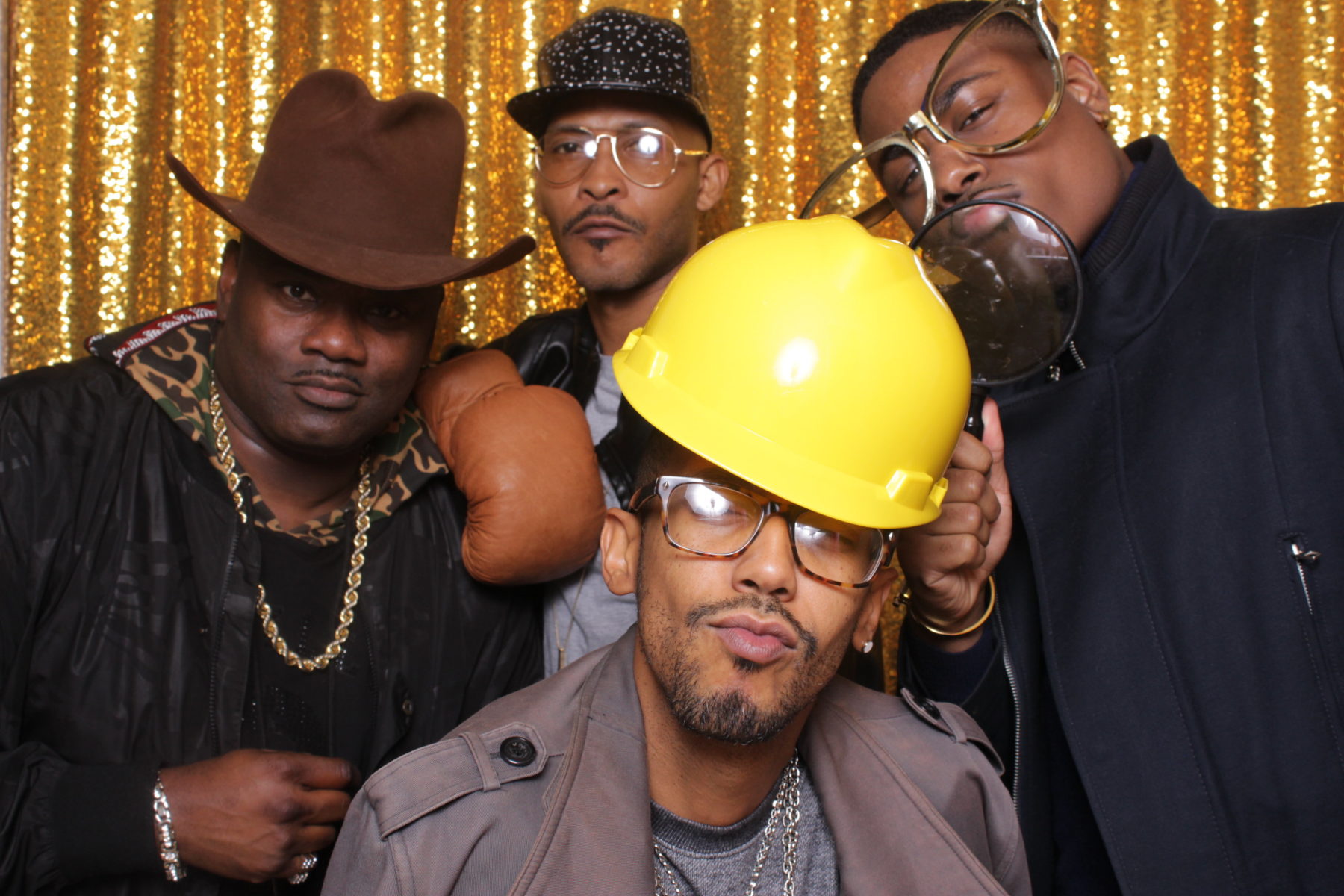
How to Give Customers Experiences
Social pressures, a desire for connection, and internal emotional triggers are a few of the reasons why more people are spending less on products and more on experiences.

Marketers need to change the way we position our marketing messages. Instead of creating campaigns that are designed for promoting products, we need to create campaigns that offer audiences something they can do, interact with, and experience. Marketers accomplish this by:
- Giving customers something worth sharing on social media. Design promotions and in-person events to include moments that are shareable. Provide customers with something they want to photograph and show off to their friends.
- Creating opportunities for audiences to connect with each other. As you design campaigns and in-person events, add elements that allow your audience to invite friends, meet people, and develop a sense of community.
- Giving audiences and customers something to look forward to. Anticipation for an experience is just as exciting as an experience itself. Design campaigns that give audiences something to count down to and look forward to.
- Employing tactics that trigger waves of happiness. Use strategies that cause a dopamine release such as giving prizes and creating paths for connecting and sharing experiences.
Most marketers sell “stuff.” But modern marketers find more success and develop deeper connections with customers by selling “experiences.”
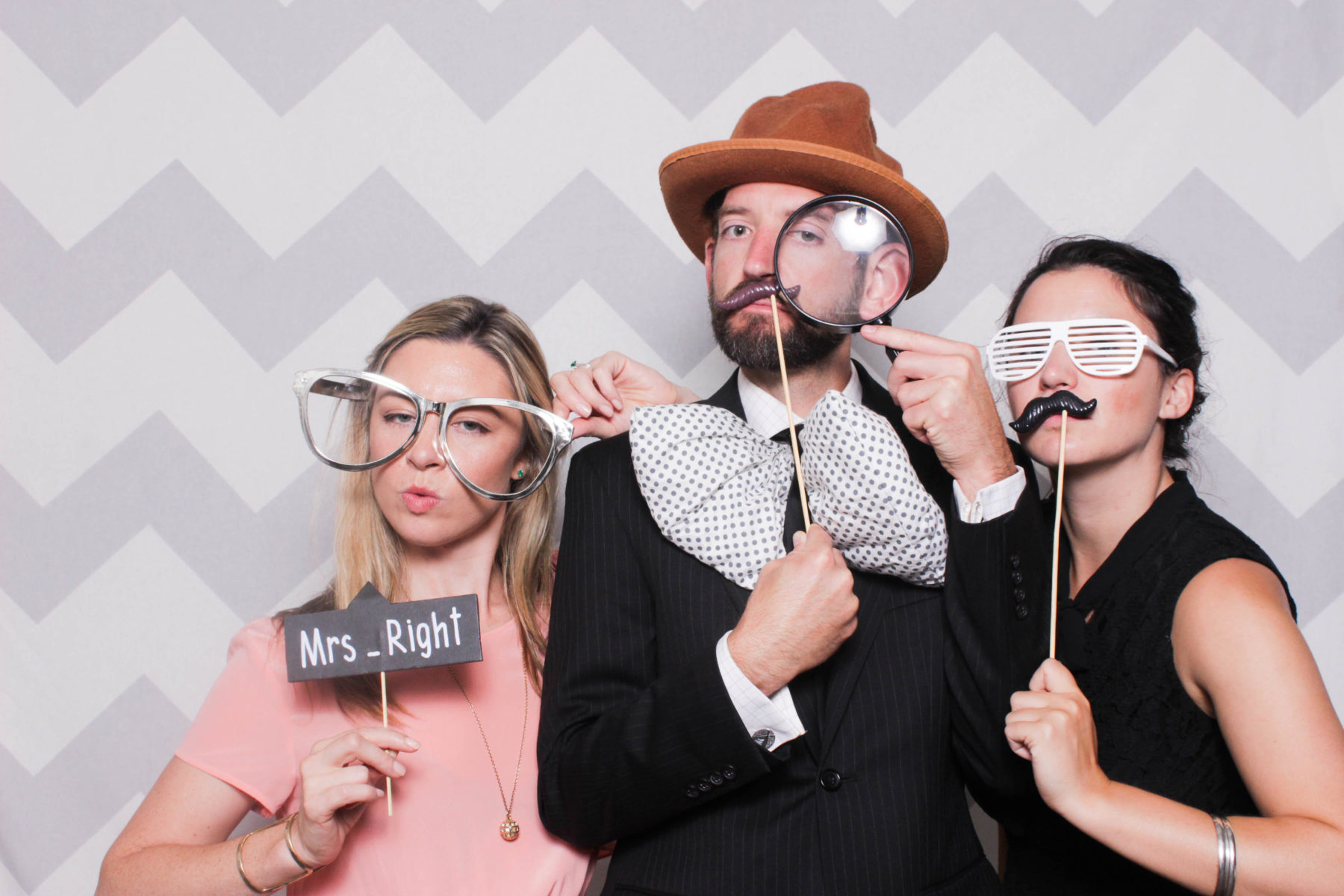
Use these tips to shift your approach to marketing so you can give customers what they really want. Shareable, connected moments that leave lasting memories and feelings of joy, happiness, and excitement.



